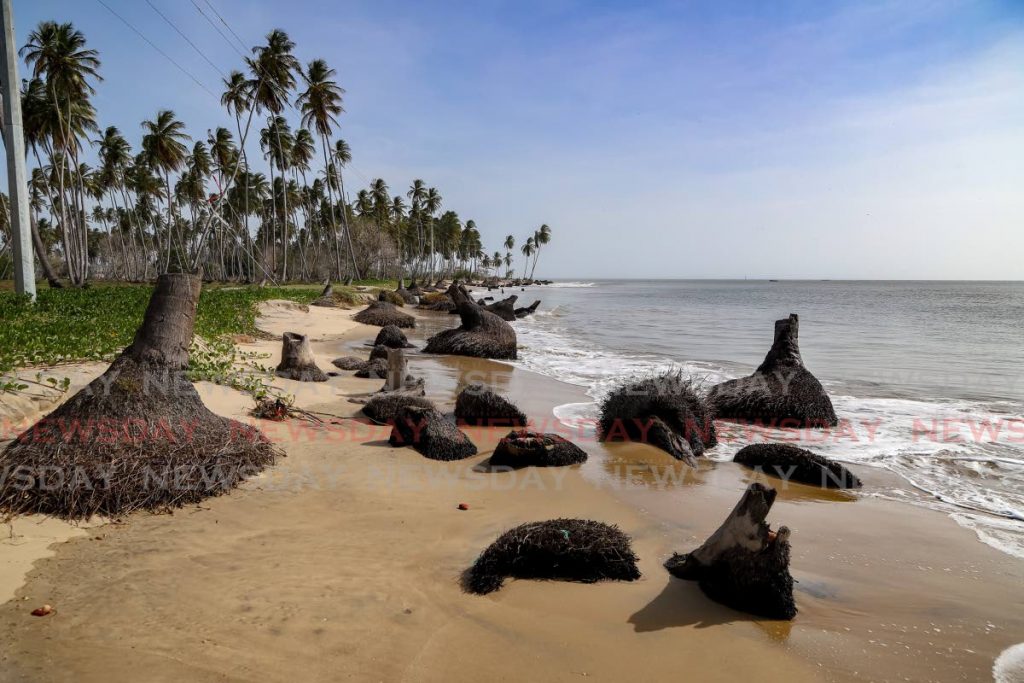Climate change education

TTUTA
FOR TOO long we have been witnessing the devastating impact of human-induced global warming, says David Edwards, general secretary of Education International (EI). Since 2000, the United Nations (UN) has recorded over 7,000 extreme weather events and the UN body for assessing the science on climate change, the Intergovernmental Panel on Climate Change (IPCC), has advised that we have just a decade or so to prevent the catastrophic consequences of a 1.5 degree rise in global temperatures.
It further warns that if we fail, we will see far more fires, floods, droughts and storms causing suffering, deaths, mass migrations and unrest, particularly in the poorest parts of the world and in the most vulnerable communities. Sadly, those least responsible for climate change and who have the least financial, human and other resources are the ones most vulnerable to its devastating impacts.
Decisive and quick action is the only option. Education and advocacy are the most powerful tools to help avert imminent climate catastrophe. Universal quality basic education for all is anticipated to result in a reduction of 51.48 gigatons of emissions by 2050, estimates the UN.
Such education must encompass all levels, from early childhood to tertiary. It must be an integral component of quality education, equipping students with the requisite knowledge, skills and conviction to confront the climate change challenge. The damage inflicted through a combination of greed and ignorance by past generations has been significant, burdening the current generation with a debt that cannot be deferred or refinanced.
Climate change and its devastating impacts must now assume a prominent component of all school curricula if the desired results are to be achieved. Teachers must be not just trained and provided with the requisite resources and support, they must also be imbibed with a sense of urgency to educate their charges about the mammoth task confronting the current and future generations and the dire consequences of failing to decisively act.
The stakes could not be higher. Challenging the sceptics who continue to pour scorn and deny the scientific data is probably one of the biggest challenges. Teachers have their work cut out in this battle: lobbying governments, sharing climate change education resources, greening our workspaces, or calling out climate denial; activism is urgently required on a global scale.
The importance of climate change education is recognised in the Kyoto Protocol (Article 10), the Sustainable Development Goals (Targets 4.7, 12.8 and 13.3), as well as the Paris Agreement (Article 6). Unfortunately, global progress toward the implementation of these commitments has been slow. EI has noted that climate change education may sometimes be included in the curriculum, but not in policies or teacher training or student assessment or vice versa.
Climate change education will also assist the public and future generations understand and relate to the issues, making the commensurate lifestyle changes to reverse greenhouse gas emissions and adapt to changing local conditions, says UNESCO. Education is therefore the catalyst for enhancing individuals’ capacity to address climate change and its negative impacts.
Such education must be both formal and informal, focused on shattering unscientific assumptions, misinformation, and denial, targeting all sectors of the society. Its approach must be integrated and multidisciplinary to ensure a comprehensive understanding of the underlying social, economic, and political causes of climate change, highlighting how particular norms and behaviours can result in global implications. It must also focus on mitigation at the local, national, regional, and global levels, while advancing a climate justice paradigm in order that climate inequities and inequalities can be adequately confronted.
Classroom activities must include understanding basic climate science in its varied dimensions along with the causes and consequences of climate shifts. Learners must be imbued with the relevant skills and competencies to assess risks and develop commensurate mitigation strategies, human interventions that can reduce the sources of greenhouse gas emissions or enhance sinks via forest conservation and expansion.
Climate change education must aim to be transformative in nature, aimed at engendering cultural and lifestyle changes that would support mitigation efforts. These would include teaching people to change consumption patterns, embrace renewable forms of energy and incorporate “green” technologies in economic development models.
Reversing the damaging effects of climate change must assume priority on governments’ legislative and action agendas. Research and development must be encouraged and facilitated to advance the further development of “green” technologies with specified targets and measurable goals defined by government policy. Leading by example, certain “green” behaviours must also be modelled by the Government and the corporate sector.
David Edwards, general secretary of Education International

Comments
"Climate change education"